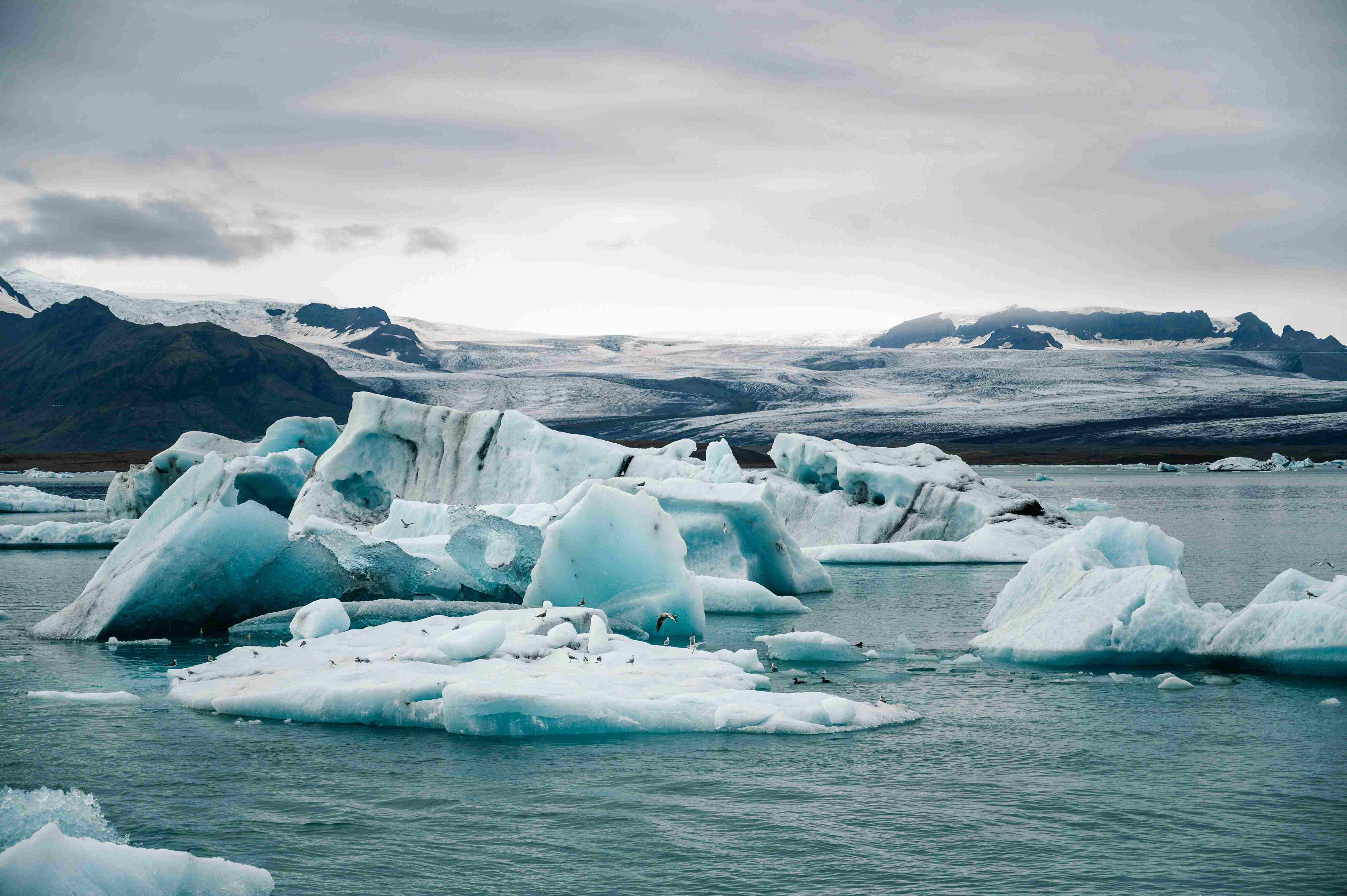Iceland’s Top Festivals: When to Visit for Music, Culture, and More
Iceland is known for its dramatic landscapes, geothermal wonders, and unique culture—but the country is also home to a vibrant and diverse festival scene. Whether you’re a music lover, an art enthusiast, or someone who enjoys quirky cultural celebrations, Iceland has something to offer every type of traveler.
In this guide, we’ll take a look at the top festivals in Iceland and the best times to visit for a truly memorable experience.
1. Iceland Airwaves Festival (November)
When to Visit: November
The Iceland Airwaves Festival is one of the most anticipated music events of the year. Held annually in Reykjavik, this multi-day festival showcases Icelandic and international music across genres like indie, rock, pop, and electronic. The festival takes place in venues all around the city, from cozy bars to larger concert halls, making it an intimate yet energetic event.
- Highlights: Discover up-and-coming Icelandic artists, attend intimate performances, and enjoy Reykjavik’s nightlife during this citywide celebration of music.
- Why Visit: Iceland’s dark winter nights provide the perfect backdrop for music lovers to discover new sounds while experiencing the warmth of Reykjavik’s vibrant atmosphere.
2. Reykjavik International Film Festival (September)
When to Visit: September
For film enthusiasts, the Reykjavik International Film Festival (RIFF) is a must-visit. Held each September, this event brings together filmmakers, artists, and cinema lovers to watch unique independent films from around the world. It’s the perfect chance to explore Iceland’s film culture while enjoying international cinema.
- Highlights: Screening of over 100 films, including documentaries, shorts, and feature films, many of which focus on social and political themes. After screenings, the festival often hosts discussions and filmmaker Q&A sessions.
- Why Visit: In addition to the films, Reykjavik comes alive with screenings in various theaters around the city, offering an artistic and cultural atmosphere.
3. Secret Solstice Festival (June)
When to Visit: June
The Secret Solstice Festival is one of Iceland’s largest and most unique music festivals, held during the Midnight Sun in Reykjavik. With 72 hours of daylight, the festival offers attendees the chance to experience continuous music and entertainment under the surreal phenomenon of the Midnight Sun.
- Highlights: International and local music acts, electronic performances, and art installations. The festival also offers unique experiences like performances inside a glacier cave and concerts at the Reykjavik’s Lava Show.
- Why Visit: The combination of world-class music, the Midnight Sun, and the chance to explore Iceland’s stunning natural beauty during the festival makes it an unforgettable experience.
4. Icelandic National Day (June 17)
When to Visit: June 17
Icelandic National Day is celebrated on June 17th, marking Iceland’s independence from Denmark in 1944. The holiday is an excellent opportunity to experience Icelandic culture, with parades, concerts, and community events happening across the country.
- Highlights: The largest celebration takes place in Reykjavik, with a children’s parade, traditional Icelandic music, and dances. There are also performances of folk music and speeches celebrating Iceland’s independence and national identity.
- Why Visit: Experience Iceland’s national pride, enjoy local foods, and participate in a festival that celebrates the country’s unique culture and history.
5. Thor’s Day (Thorrablot Festival) (January-February)
When to Visit: January-February
Thorrablot is a traditional Icelandic festival held in mid-winter, during the month of Þorri in the old Norse calendar. This festival is a celebration of Icelandic heritage, food, and community, featuring traditional Icelandic foods like hákarl (fermented shark), lamb, and skyr.
- Highlights: The festival is celebrated with feasts, singing, and dancing. It’s a great way to try Icelandic delicacies and learn about Icelandic history and traditions. It’s also a unique time to experience Iceland’s winter weather, which adds to the authenticity of the festival.
- Why Visit: Thorrablot offers visitors a chance to immerse themselves in Icelandic customs and taste local delicacies in an atmosphere of warmth and celebration.
6. Reykjavik Arts Festival (May-June)
When to Visit: May-June
The Reykjavik Arts Festival is Iceland’s leading cultural event, showcasing the best of Icelandic and international art across multiple disciplines. Held every year in late spring, this festival spans theater, visual arts, dance, literature, and music.
- Highlights: Expect innovative performances, exhibitions, and installations throughout Reykjavik, with events held in museums, galleries, and open public spaces. Past festivals have included performances by world-renowned artists and composers.
- Why Visit: If you’re interested in contemporary art and culture, the Reykjavik Arts Festival offers an eclectic mix of performances and exhibitions to inspire and captivate.
7. Icelandic Christmas Markets (December)
When to Visit: December
Though not a single festival, the Christmas markets in Iceland are worth visiting for those seeking a festive, winter wonderland experience. Reykjavik’s Christmas market is a highlight, offering handmade goods, local food, mulled wine, and Christmas-themed events.
- Highlights: Visit the market at Ingólfstorg Square for local arts and crafts, Icelandic pastries, and a cozy atmosphere under the twinkling lights of the city. The Christmas Village in Hafnarfjordur is another charming option.
- Why Visit: Iceland’s Christmas markets offer a chance to experience the country’s winter magic and traditional holiday celebrations in a unique Nordic setting.
8. The Reykjavik Marathon (August)
When to Visit: August
For active travelers, the Reykjavik Marathon in August offers a fun and energetic way to explore the city. This annual event attracts runners from around the world, with participants running in various categories, including full marathon, half marathon, and fun runs.
- Highlights: In addition to the marathon, there are various fun events and celebrations throughout the weekend, including concerts and outdoor activities.
- Why Visit: It’s a great way to experience the beauty of Reykjavik while participating in a community-focused, health-conscious event.
From music and art to cultural celebrations and quirky local traditions, Iceland’s festivals offer a one-of-a-kind opportunity to experience the country’s vibrant culture and natural beauty. Whether you’re drawn to the Iceland Airwaves Festival in November, the Secret Solstice Festival in June, or the traditional Thorrablot Festival in winter, Iceland’s calendar is packed with events to suit every taste.
When planning your visit in 2025, be sure to align your travel dates with these incredible festivals to make your trip even more memorable. Whether you’re enjoying a music festival in the summer or exploring Icelandic traditions during the winter, there’s never a dull moment in this Nordic island nation.
Read more

